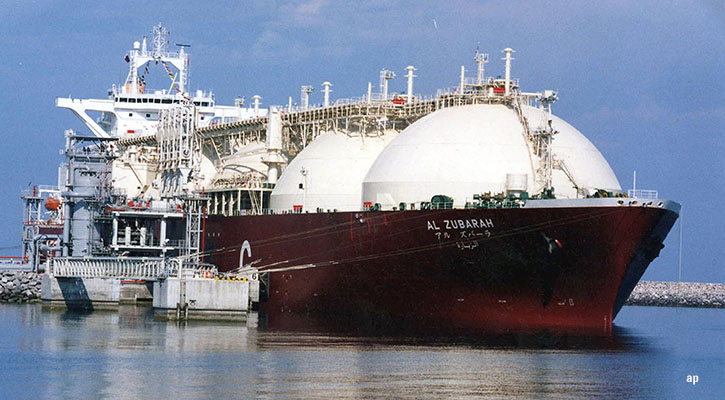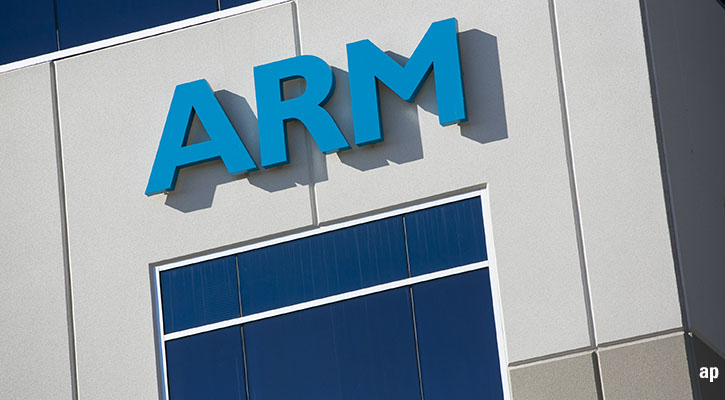Following today’s release of the retail giant’s half-year results, which revealed impressive sales growth and a relatively resilient performance in the intensely-competitive UK market, we review Morningstar's long-term assessment of Tesco.
Fair value estimate: 441p ¦ Fair value uncertainty: Medium ¦ Economic moat: Narrow
Analyst note
Tesco's first-half results support our thesis that the UK-based retailer
will look to international markets to drive growth. Our fair value
estimate is unchanged. Total sales increased 8.3% to £30.4 billion, or
6.9% on a constant currency basis, thanks to growth in its home market,
as well as Asia. We were particularly encouraged to see a resilient 2.8%
increase (5.5% excluding petrol) in the UK, given the increased
competition in the region. We believe the retailer is benefiting from
using its scale to lower prices, as volumes were up in the period.
Non-food categories like electricals and clothing also performed well.
More profitable ancillary services like Tesco Bank helped grow trading
profit 14% to total £1.6 billion, or 5.5% of revenue.
Thesis
From a stall in the East End of London where founder Jack Cohen sold
surplus groceries in 1919, Tesco has risen to become the UK's largest
food retailer. The firm today is a world-class merchant, with dominant
market share at home and compelling growth prospects abroad. Although we
believe Tesco has bright long-term prospects, maintaining growth in the
UK will be quite challenging.
One would be hard-pressed to find a more respected and feared global mass retailer than Tesco. In fact, the firm's dominance in the UK market surpasses even that of Wal-Mart in the US. Only one postcode in Britain lacks a Tesco. The company commands more than 30% market share, well above the less than 20% held by each of its three large peers (according to TNS Worldpanel data).
Tesco's rise is a testament to its innovative, customer-driven culture that has enabled it to be a retail pacesetter. The firm was an early adopter of new technology and has been at the forefront of food merchandising, from the development of a world-class private-label portfolio to the effective distribution of fresh foods.
Quite simply, no retailer is better at serving all segments in a given market, in our view. Customer data gleaned from its "Clubcard" drives much of what Tesco does from merchandising to store-format development. It can also tailor promotions to individual customers. The firm's flexibility in merchandising and ability to run different store formats to cater to customer demands gives us great confidence that Tesco will continue to successfully develop scale in the emerging markets, adapting to local cultures and customs. Emerging markets that lack a modern retail infrastructure are prime markets for the firm to drive long-term growth.
Despite successes on the international front, Tesco still generates nearly three quarters of its operating profits in the UK, and the firm faces an extraordinarily difficult economic environment that doesn't play into its strength as a merchant. As a result, low-price competitors have recently been picking up market share. In addition, saturation and pressures from regulators will limit growth over the longer term, in our view, despite gains from other businesses like Tesco Direct and Tesco Personal Finance.
Although growth at home will likely be strained, Tesco's future will be defined by global expansion. International operations provide more than half of its growth, and the firm has invested heavily in recent years, using internal funds, new debt, and property sales to boost capital expenditures. These outlays have been aggressive, but we believe Tesco's customer-driven culture will enable it to succeed in building loyalty and scale globally for decades to come.
Valuation
Our fair value estimate is 441p. Our forecast does not take into account
potential acquisitions, divestitures, or the impact of exchange-rate
fluctuations, which may cause future results to deviate materially from
our estimates. During the next five years, we expect annual sales growth
of slightly less than 7%, on average, driven by double-digit growth in
the Asia segment and high-single-digit growth in Eastern Europe. For the
next two years, we expect the UK and Eastern Europe segments to exhibit
much slower growth than in the recent past because of significant
economic pressures on consumers in these markets. Operating margins,
excluding gains from selling property and equity income, were 5.5% last
year, flat compared with the prior year despite greater losses in the US
and one-time costs related to an acquisition in Korea. During the next
five years, we expect the US operations to become mildly profitable, and
margins should also benefit from increased penetration in international
markets and growth of retail services businesses in the UK. We assume an
operating margin of 6.4%, excluding equity income, in five years.
Our forecast incorporates property sales of £2.8 billion in the next two years but excludes results from Tesco Personal Finance. We have valued that business separately at 0.8 times the implied market value based on Tesco's recent purchase of the 50% interest it did not already own.
Risk
A difficult economic landscape and market share losses are risks Tesco
faces in its home market. The firm is an adept merchant, but in tough
economic times UK consumers are favouring price, and low-price
competitors have recently been picking up market share. Globally,
competition is intense from local chains and large retailers such as Wal-Mart
and Carrefour,
but the firm also faces uncertainties in the form of less-stable
governments, economies, and foreign currencies.
Strategy
Tesco aims to build on its lead in UK grocery, broaden the scope of what
it sells in its home market, and expand internationally. The company
looks to sell more nonfood products and expand retailing services, such
as Tesco Personal Finance, Telecoms, and tesco.com.
Management & stewardship
Our view of Tesco's corporate governance is mixed. The company has a
14-member board, and half of the members are considered independent. The
firm stacks the board with executives so the overall independence can be
questioned despite the separation of the CEO and chairman roles. In
addition, directors are up for election every three years instead of
annually, which we would prefer. Sir Terry Leahy has been with Tesco for
30 years and has been CEO since 1997. During his tenure as CEO, Leahy
has presided over the firm's dramatic international expansion and is
credited with maintaining the innovative, entrepreneurial culture that
has helped to drive the introduction of new products, store formats, and
lines of business such as Tesco Direct. We like that compensation is
mostly incentive-based but think overall executive pay is rich. Of
particular interest is the added incentives given to executives based on
growth and returns in international businesses. From the company's own
disclosures, it's obvious that Tesco believes it has a lot at stake with
the recent decision to enter the US market. Tim Mason, who is leading
the US effort, was recently awarded 2 million shares that vest based on
the achievement of operating income and returns on capital employed.
Profile
Tesco is a discounter, operating multiple retail formats spanning 14
markets. The company is the leading food retailer in the UK where it
operates about 2,200 of its near-4,000 stores and holds more than 30%
market share of the grocery market. Tesco has expanded into the nonfood
market through hypermarkets and online operations. Internationally, the
firm has a large presence in many Eastern European countries and parts
of Asia. Tesco entered the US market in late 2006.
Growth
Excluding the impact of exchange rate movements, sales increased 10.6%
last year but were aided by an extra week. Revenue growth on a 52-week
basis was closer to 9.0%, driven by double-digit growth in Asia, retail
services, and acquisitions.
Profitability
Excluding gains from selling property and equity income, Tesco generates
operating margins of between 5% and 6%, placing it in the upper echelon
of global mass retailers.
Financial health
Aggressive investments in the business through capital expenditures and
acquisitions have pushed the company's long-term debt up from £4.1
billion to £12.2 billion in the span of two years. However, the
company's earnings cover its interest payments many times over, and
we're pleased that Tesco plans to reduce capital expenditures in the
current fiscal year.










:quality(80)/cloudfront-us-east-1.images.arcpublishing.com/morningstar/MNPB4CP64NCNLA3MTELE3ISLRY.jpg)













